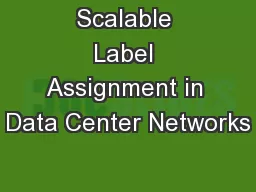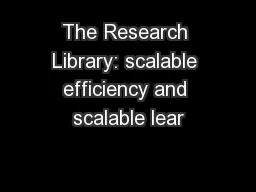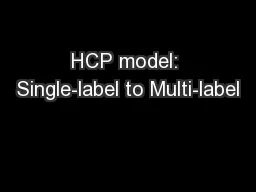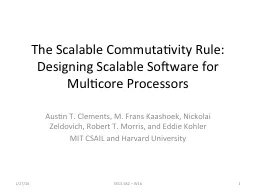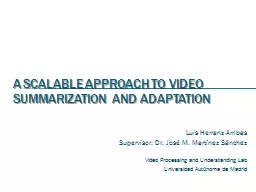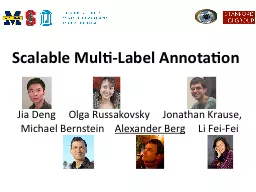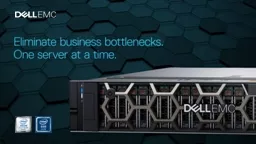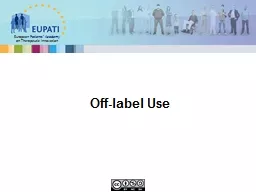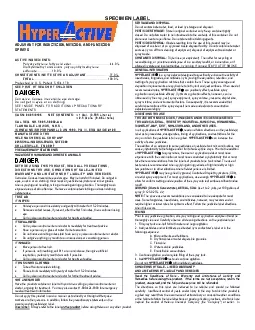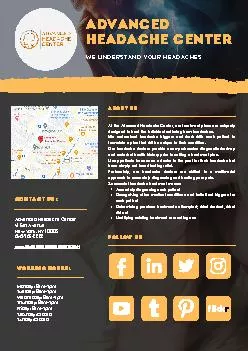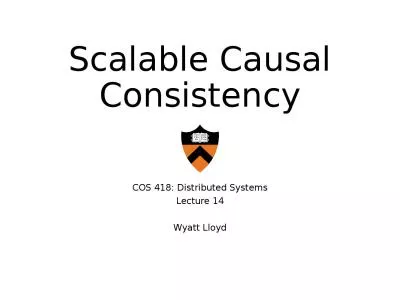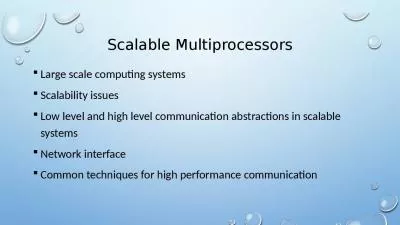PPT-Scalable Label Assignment in Data Center Networks
Author : tatiana-dople | Published Date : 2017-03-29
With Radhika Niranjan Mysore Malveeka Tewari Ying Zhang Ericsson Research Keith Marzullo Amin Vahdat Meg Walraed Sullivan University of California San Diego Group
Presentation Embed Code
Download Presentation
Download Presentation The PPT/PDF document "Scalable Label Assignment in Data Center..." is the property of its rightful owner. Permission is granted to download and print the materials on this website for personal, non-commercial use only, and to display it on your personal computer provided you do not modify the materials and that you retain all copyright notices contained in the materials. By downloading content from our website, you accept the terms of this agreement.
Scalable Label Assignment in Data Center Networks: Transcript
Download Rules Of Document
"Scalable Label Assignment in Data Center Networks"The content belongs to its owner. You may download and print it for personal use, without modification, and keep all copyright notices. By downloading, you agree to these terms.
Related Documents

